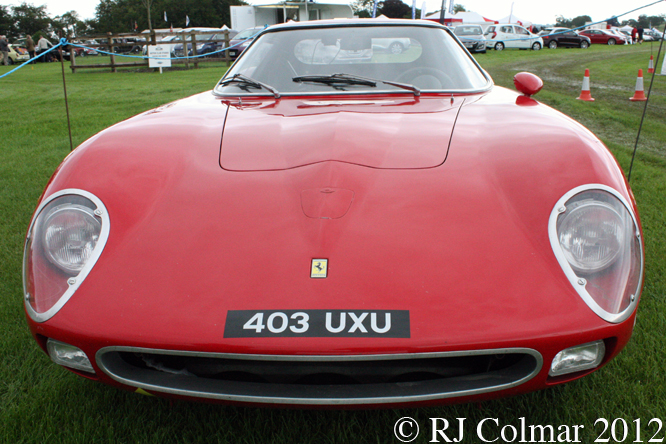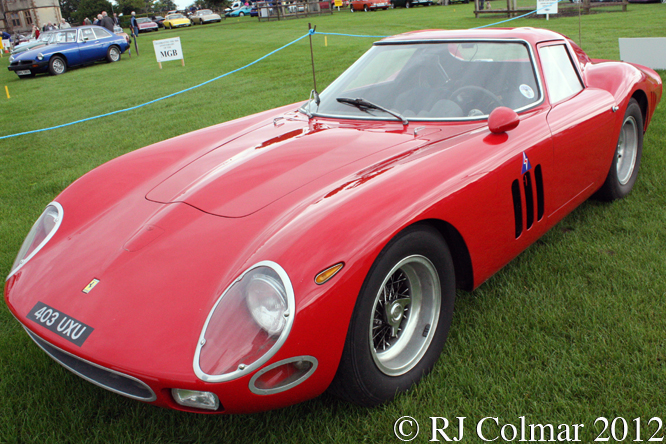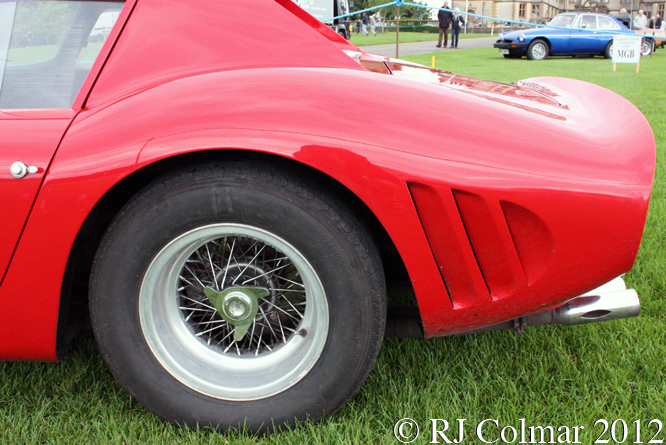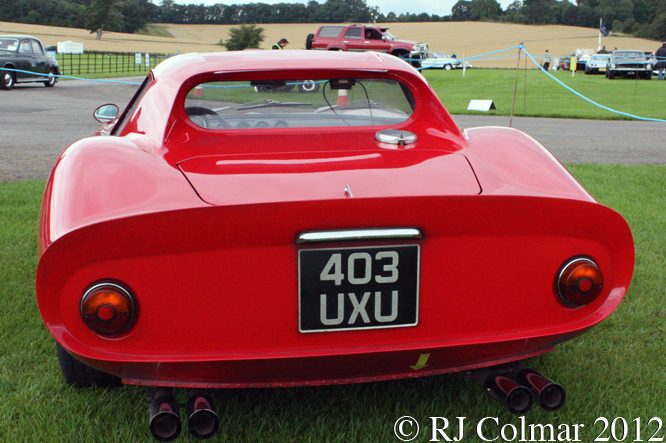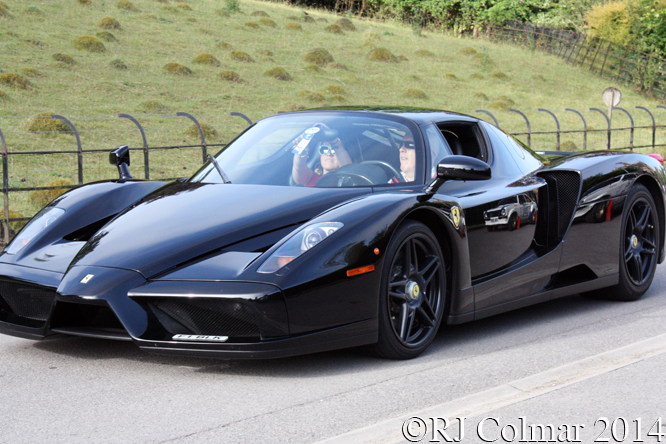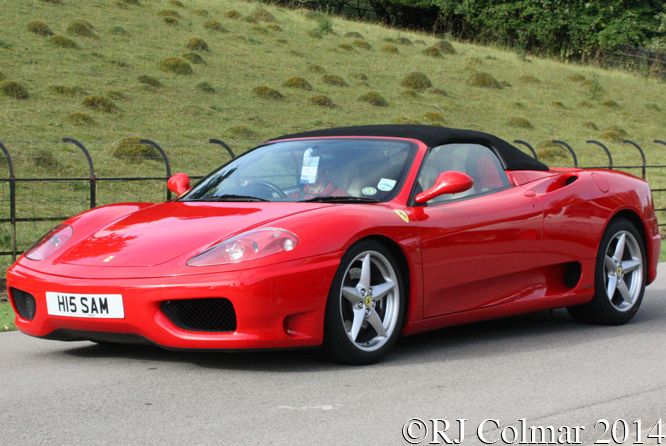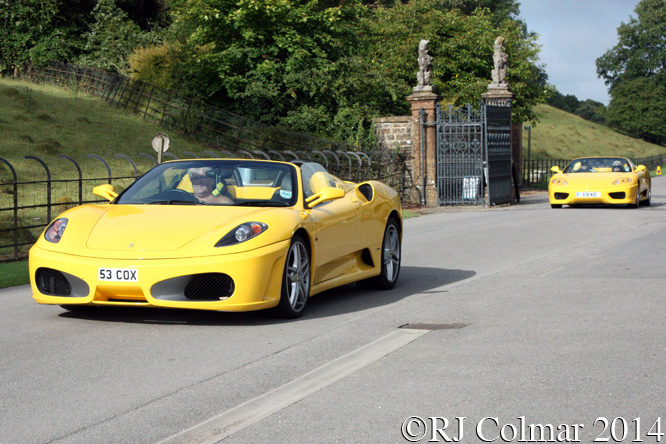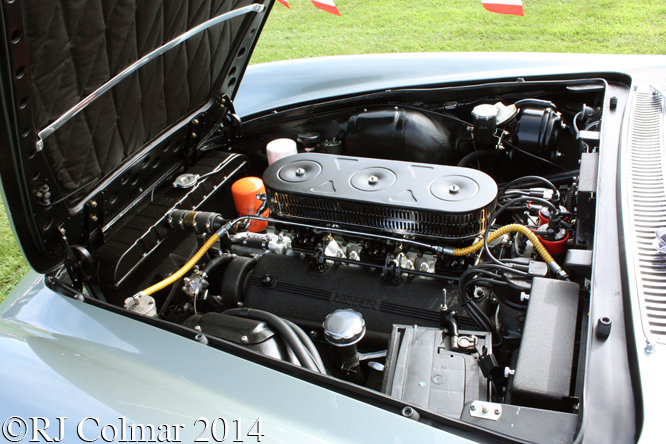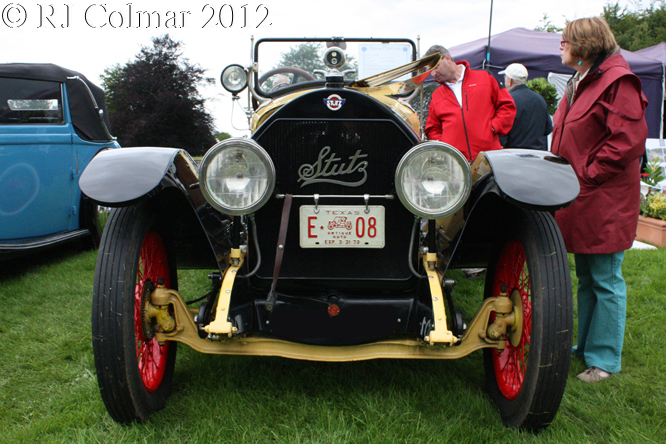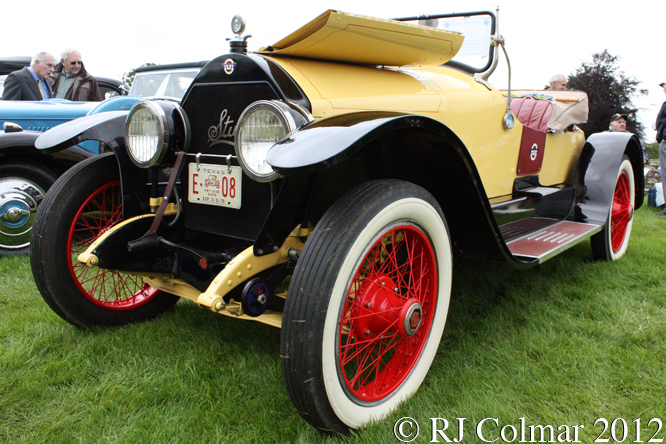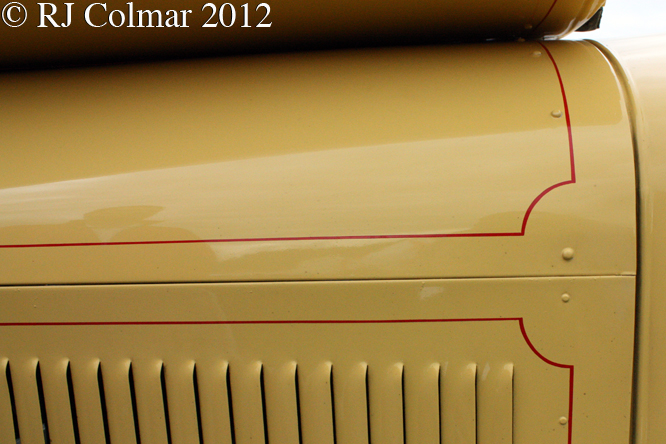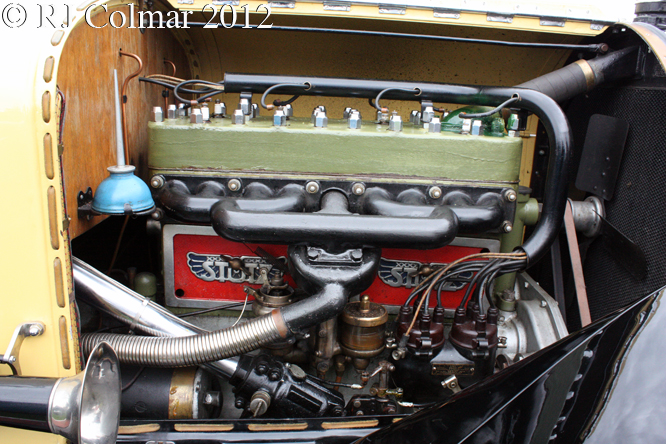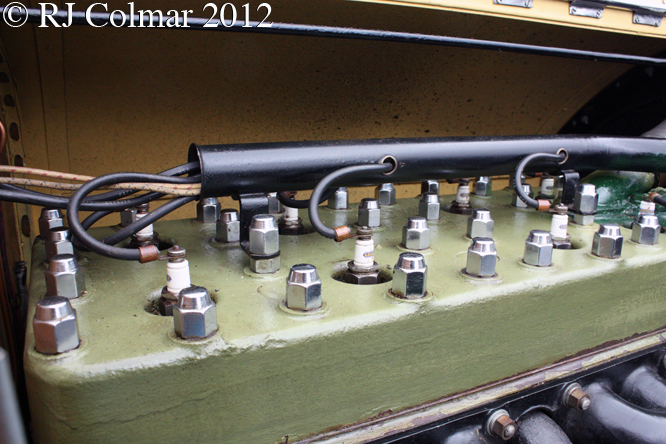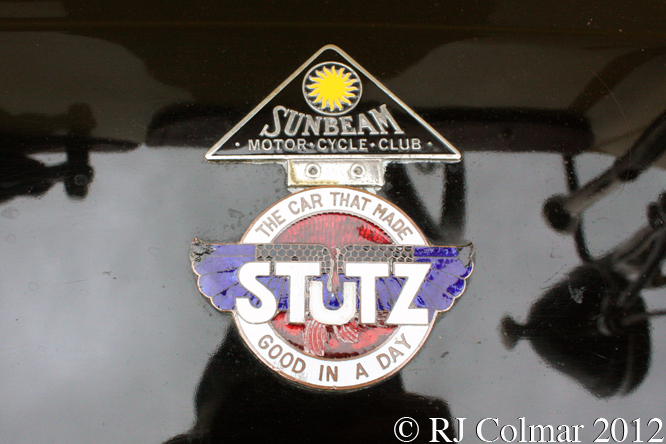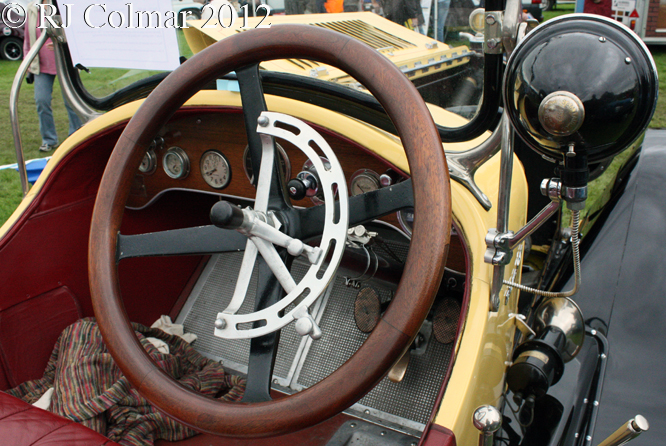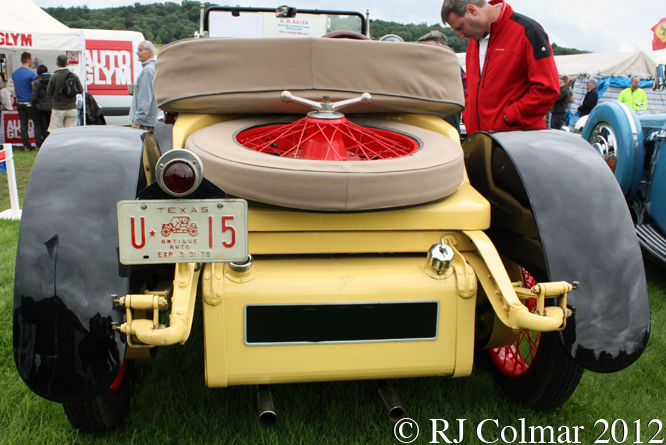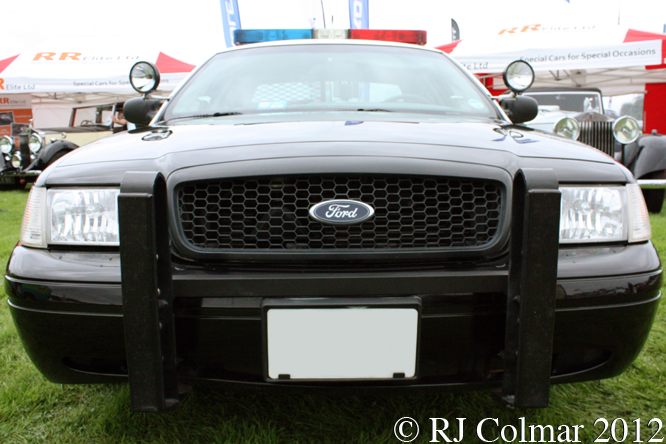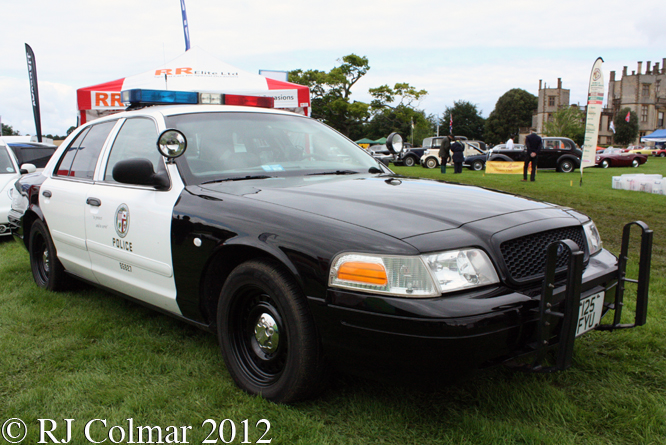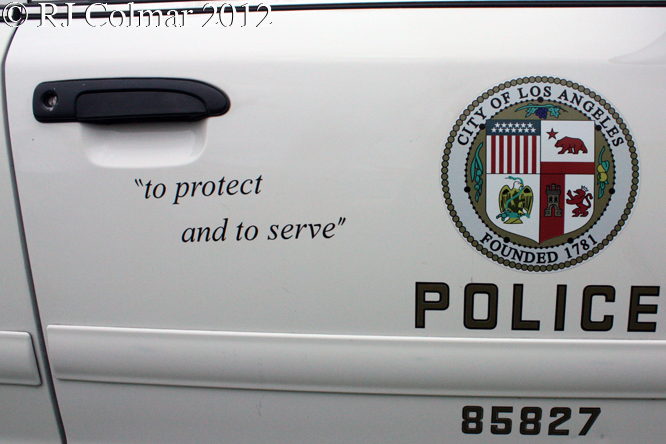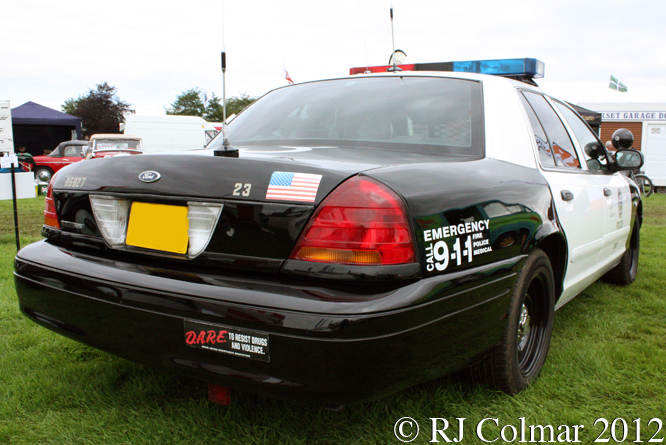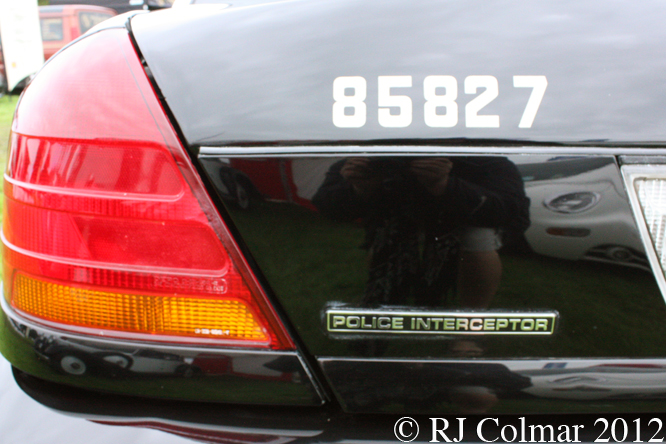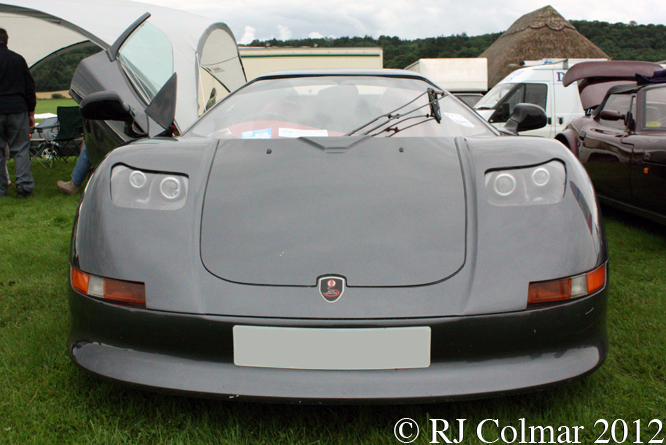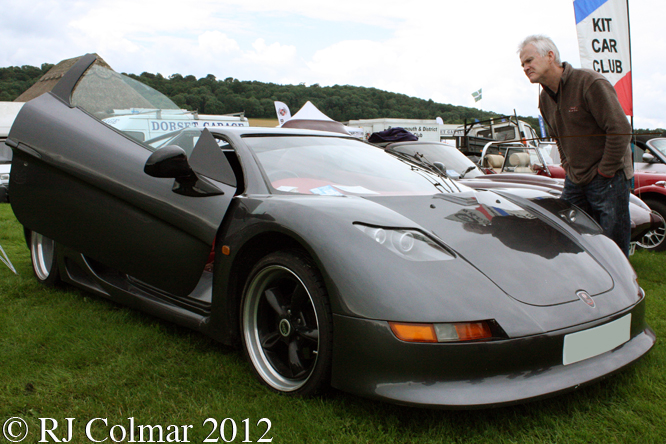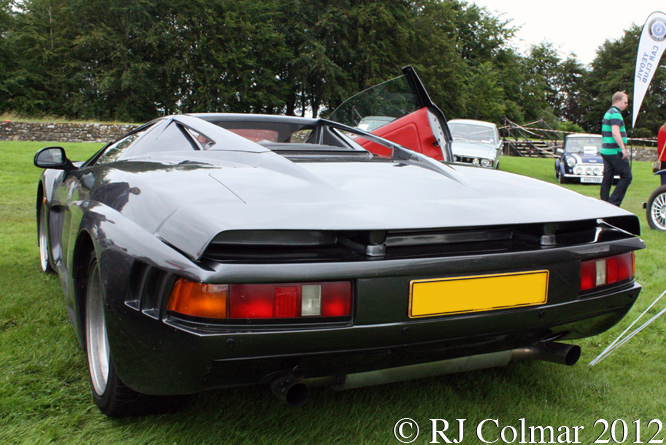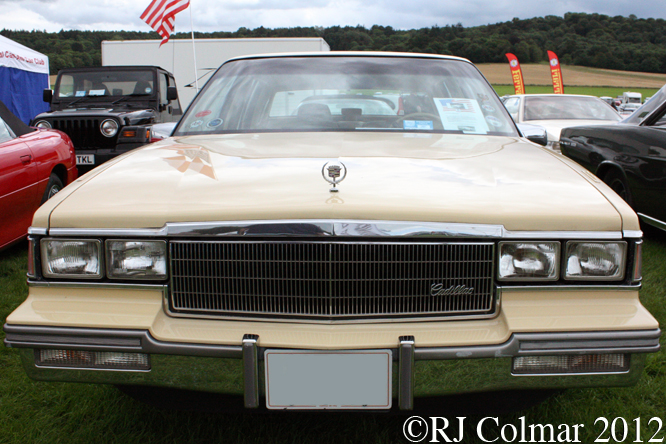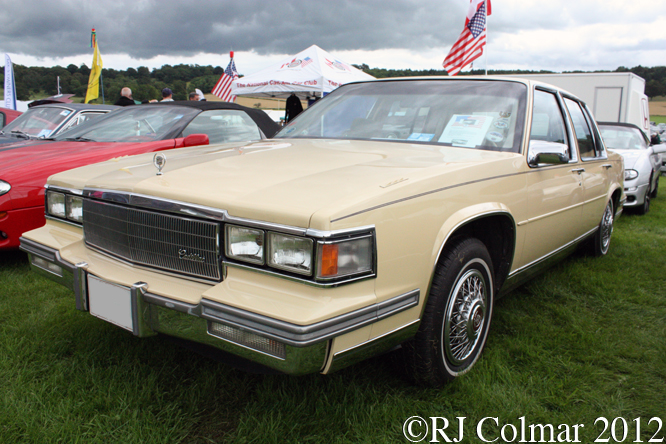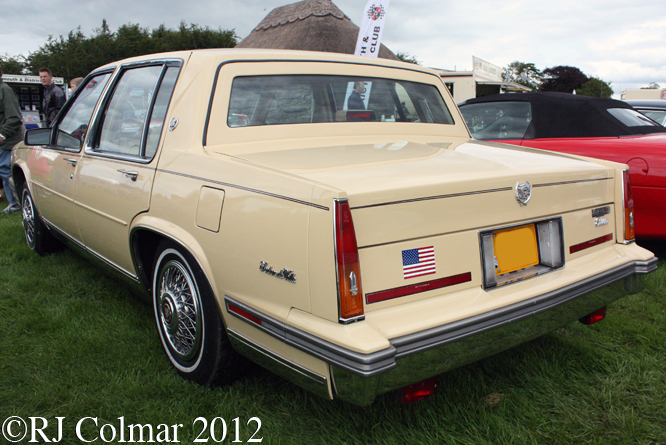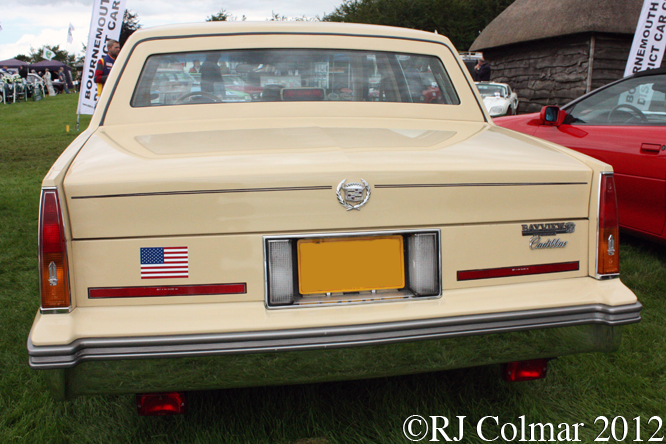This months Tuesday blogs will feature four European Edwardian, built between 1905 and 1918, vehicles while Thursdays will feature vehicles from the same period built in the United States.
The story of the 9,000 mile plus 1907 Peking to Paris motor race begins with a challenge published in the Parisian newspaper Le Martin on the 31st of January 1907 that read “What needs to be proved today is that as long as a man has a car, he can do anything and go anywhere. Is there anyone who will undertake to travel this summer from Peking to Paris by automobile?”
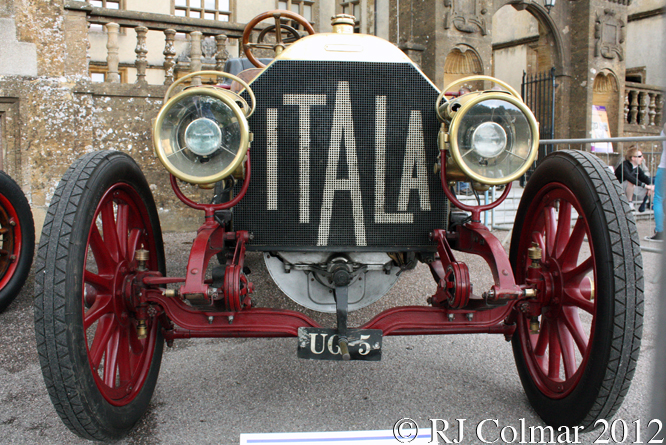
Despite the fact that the organising committee had cancelled the event, five of the original entry of 40 entrants turned up for the start of the race outside the French Embassy in Peking (today Bejing) on June 10th 1907; an Itala, a ‘borrowed’ Spyker, two DeDions and a three wheeled Contal cycle car. There were no rules beyond each vehicle having to carry a journalist.
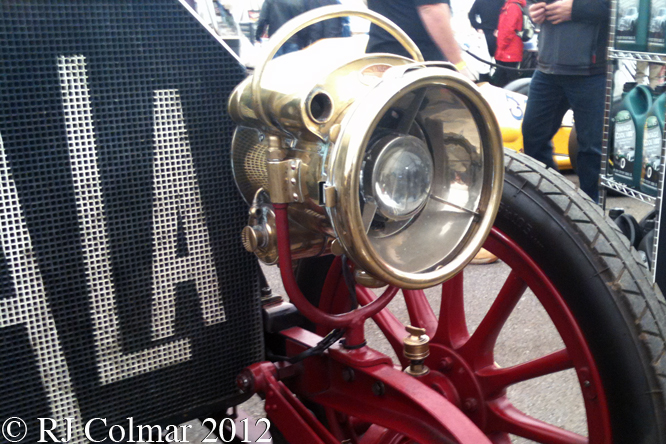
The absence of tarmac roads or road maps meant the vehicles roughly followed a line of telegraph stations, useful for the journalists to file their reports, between the two cities across the Gobi desert, Mongolia and Russia.
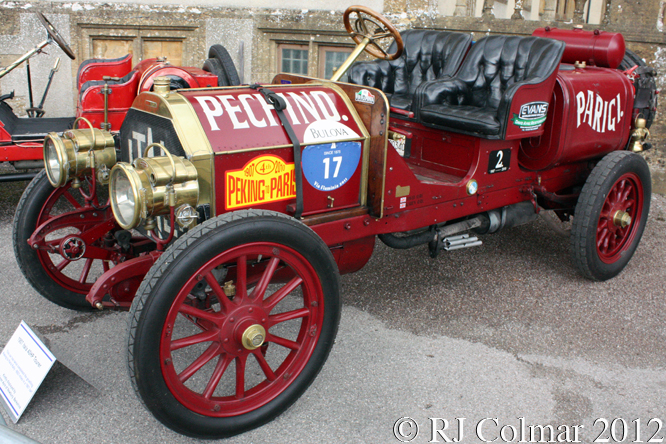
The eventual winners, despite their ITALA 35/45, similar to the model featured today, falling through a foot bridge and making a 900 mile detour to St Petersberg, to make a dinner date held in their honour, were Prince Scipione Borghese accompanied by the journalist Luigi Barzini, Sr who got to Paris on August 10th 1907.
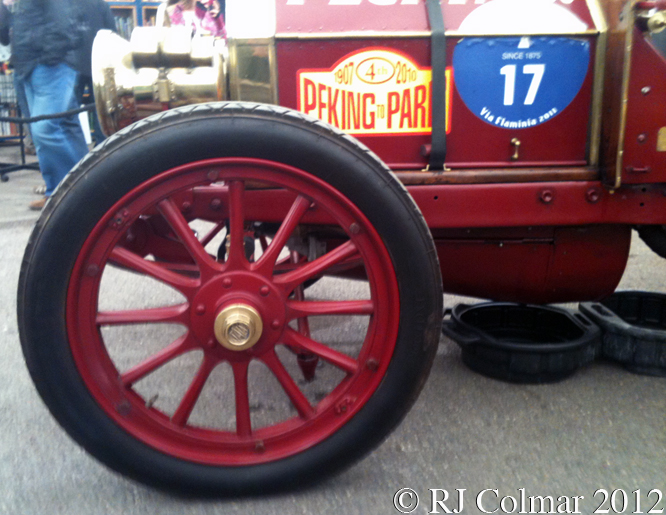
While taking part in a night rally in the early 1950’s Group Captain Rexford Welch found a hub cap of today’s featured ITALA in a hedge of a farm, near Abingdon, where it had been standing derelict for 30 years.
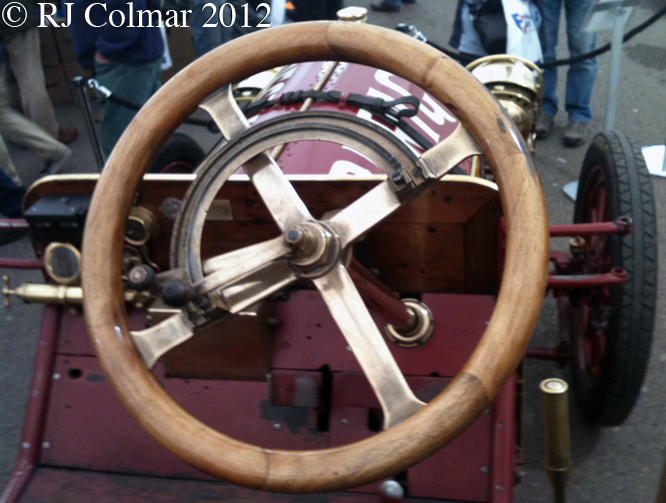
The Group Captain immediately abandoned the competition and waited until sunrise for the farmer, with whom he concluded a deal that morning, to awake. Rexford-Welch towed the car which had no working brakes at the time home to London behind his Lagonda in freezing conditions.
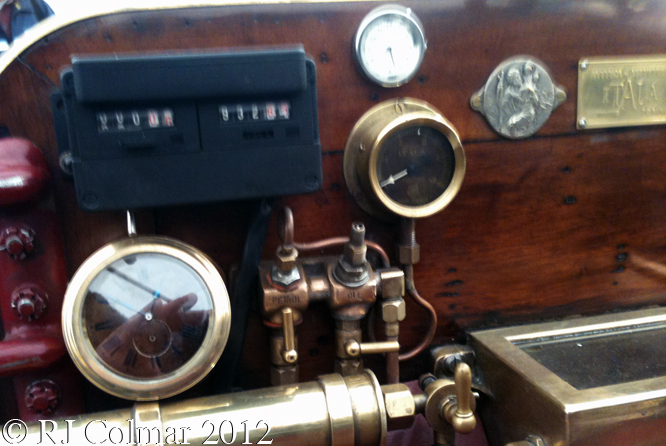
Once the car was roadworthy and fitted with a recreation competition body, it was used on numerous events through the 50’s and 60’s after which it was abandoned for a second time for 40 years until 2004 when the present owners acquired it from Rexford-Welch and managed to restore it again just in time to take part in the 36 day Centenary re run of the !907 Paris Peking Rally, in which St Petersberg was now included on the official route.
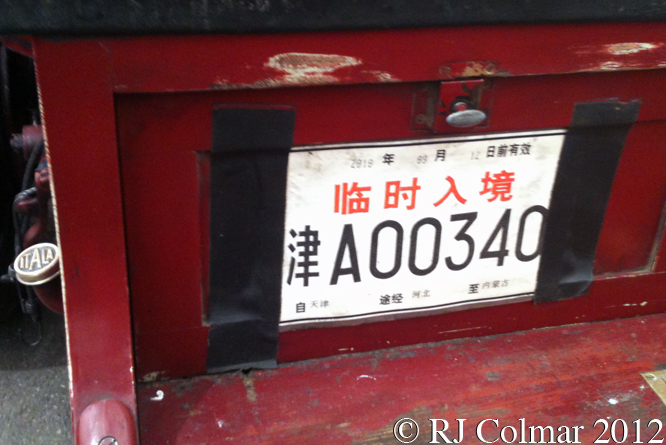
The Itala 35/45 is fitted with a 7.4 litre / 453 cui 4 cylinder motor, during the second restoration the current owners went and saw the original Paris Peking winning car at the Carlo Biscaretti Di Ruffia Museum in Turin and established their chassis was a sister to the 1907 Peking Paris winner albeit originally fitted with a landaulette body that had been rendered useless after standing derelict in a field for 30 years.
Thanks for joining me on this “Do Anything And Go Anywhere” edition of “Gettin’ a li’l psycho on tyres” I hope you will join me again tomorrrow. Don’t forget to come back now !
